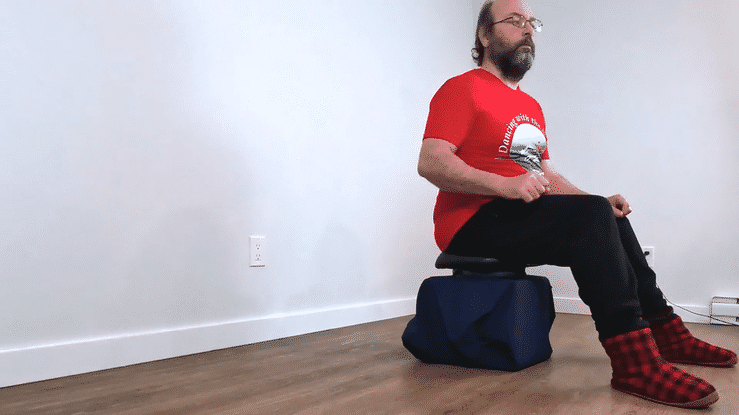
For a forward stroke that feels easy but makes you go faster than the stronger paddlers.
For being stable in waves or currents.
For being able to edge for a turn without ever feeling like you might capsize.
For a layback or forward roll that works every time, even in waves.
Shortly after seeing someone using the Greenland paddle, I became inspired to learn to roll like the Inuit. They made it look so easy.
I thought “If I can move like that I will be safe going anywhere with my kayak.”
A short time later I was doing the balance brace and rolling my kayak with more ease than most paddlers with 15 years of taking lessons.
Even the kayak instructors I knew could not do what I could do with my kayak.
And I was a newbie.
But somehow it was easy for me. Not because I have any kind of talent.
It’s just the method that makes it easy.
What I saw when I watched the Inuit roll is they were rotating and tilting their pelvis. Essentially they were moving in 3 dimensions
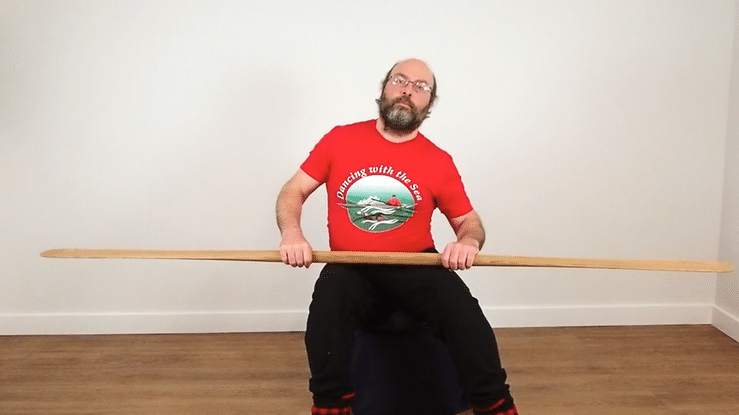
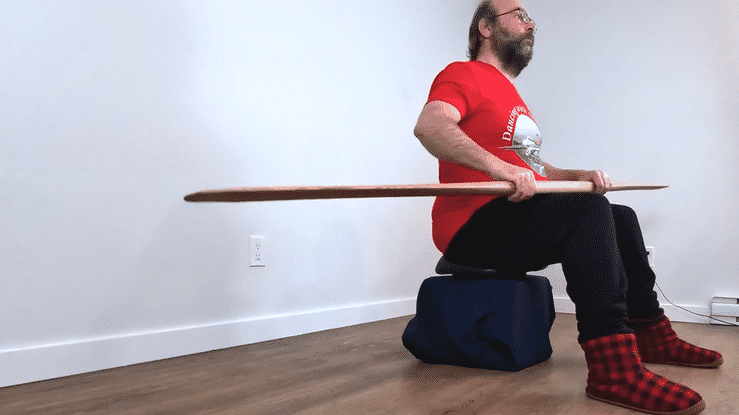
It requires a good fit with your kayak to stay in place, and still have the freedom to move your pelvis like that.
After learning to do the forward roll I asked myself “if this is the easiest way to go from upside down to right side up in the low brace position, why not do the low brace the same way?”
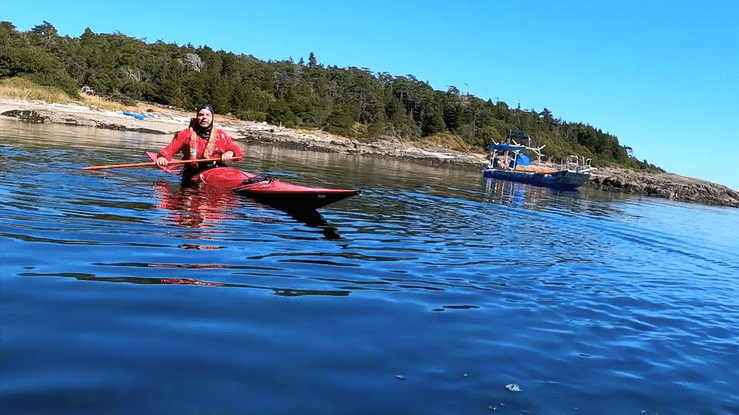
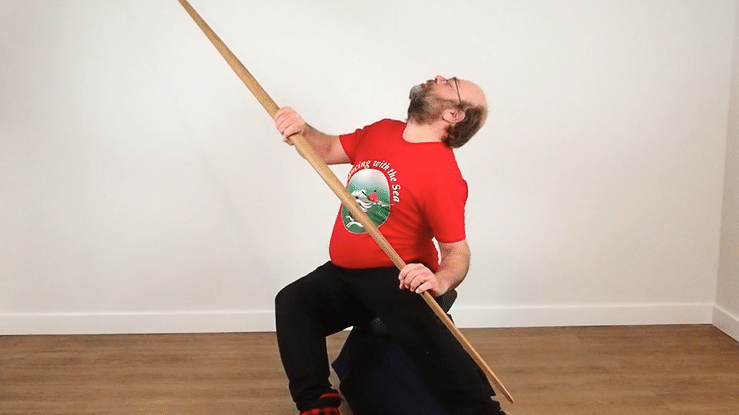
As I added more rotation in my forward stroke, this perfect bracing position became more natural.
Adding the same rotation and tilt to my turning made it impossible to edge too far and capsize.
The paddle and your body are in this most effective bracing position.
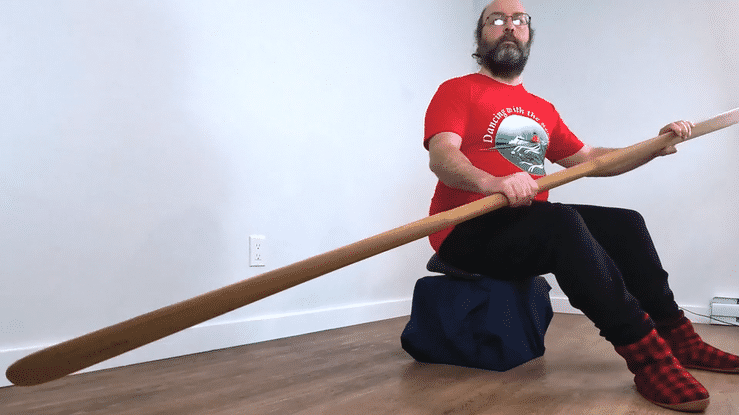
As I started to share this with paddlers it became evident that a lot of kayakers would benefit from this. Especially the less athletic or older paddlers. It’s easy to learn and apply, and doesn’t require special talent or coordination.
It’s a method that gives the average kayaker similar or even more competence than the younger more athletic paddlers.
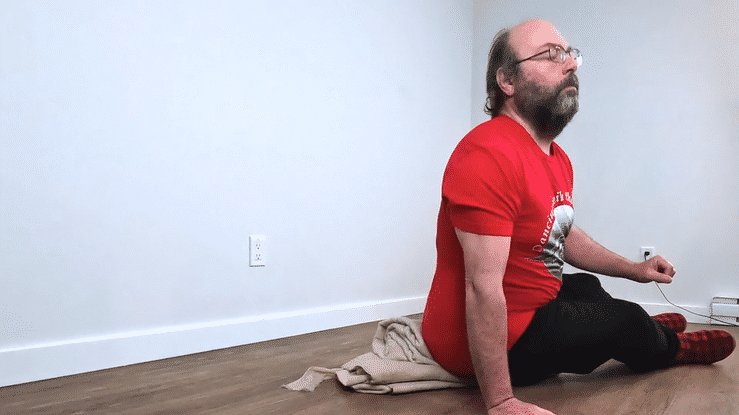
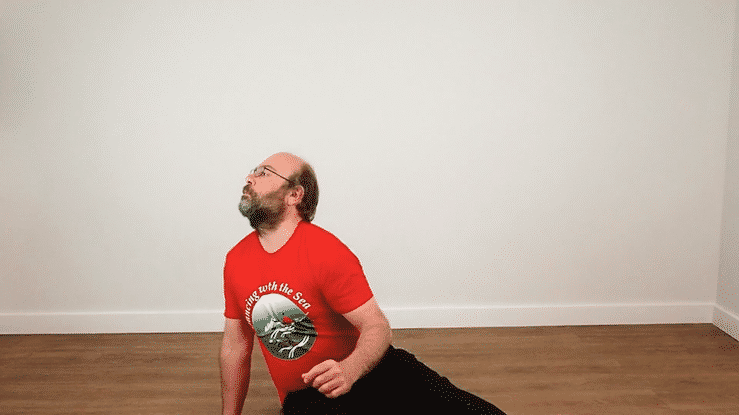
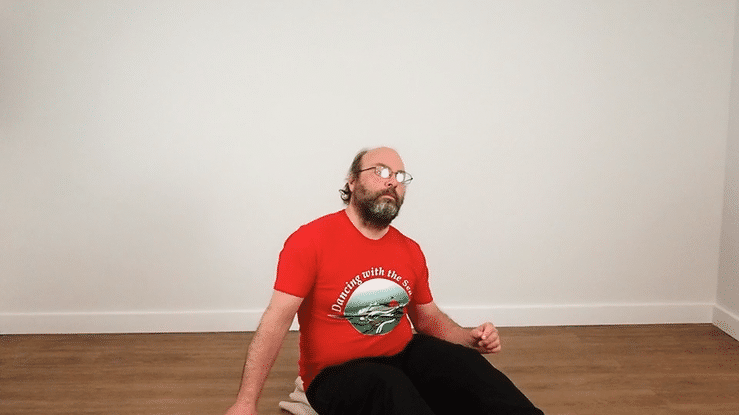
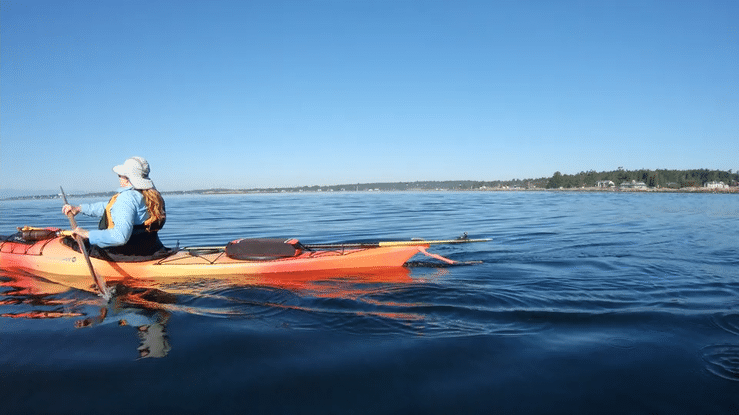
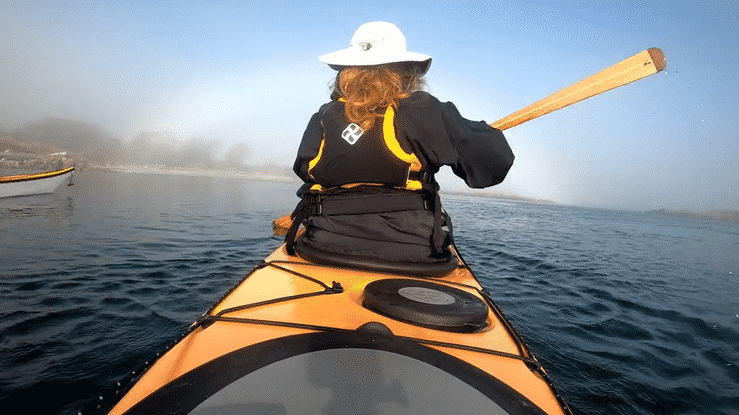
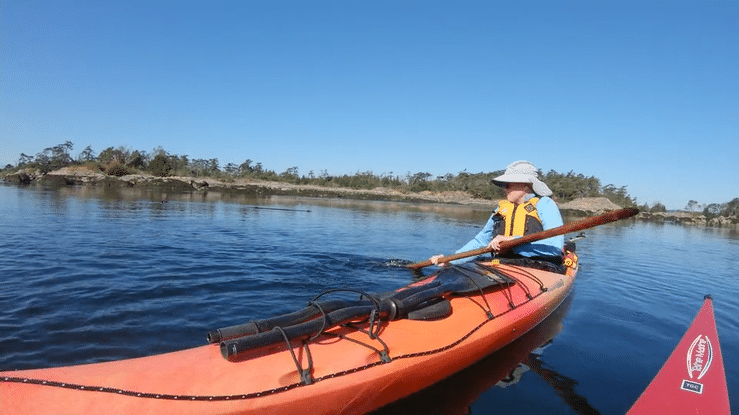
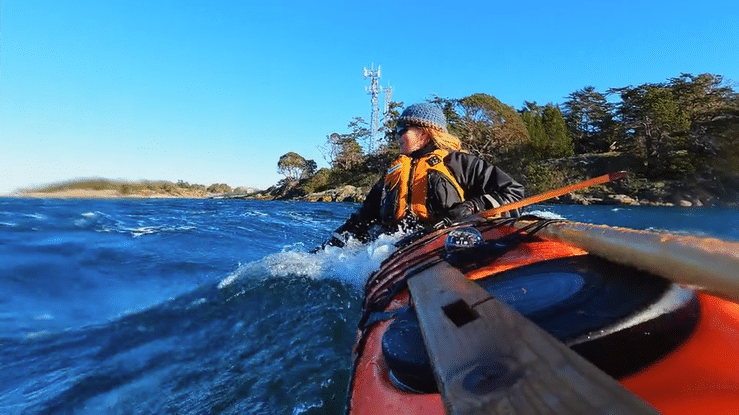
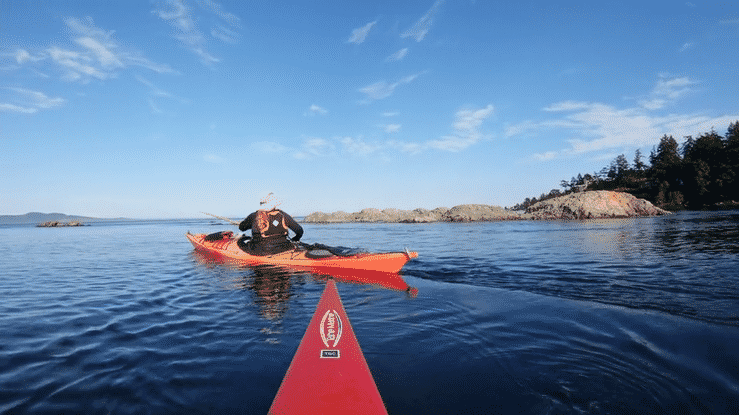
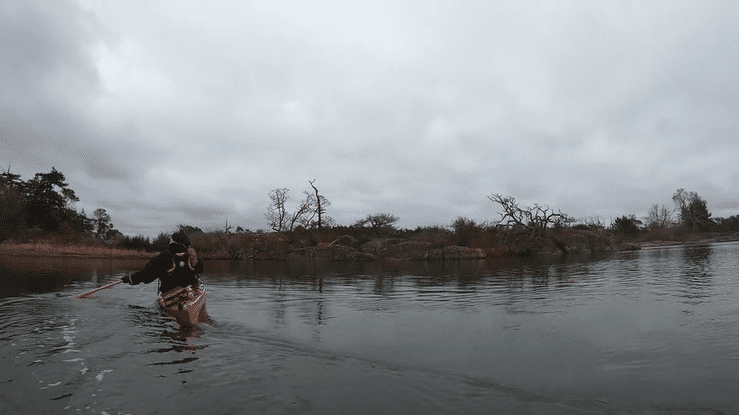
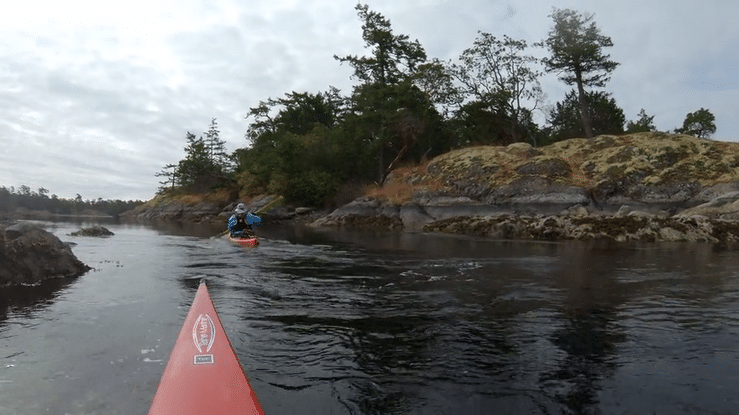
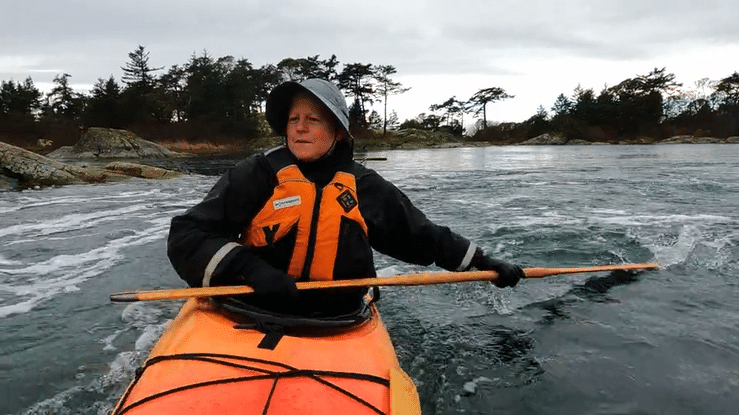
This is the Method that eliminated Lesley's wrist, elbow and shoulder pain…
Which allows her to go on kayak expeditions in remote locations like Haida Gwaii. Something she never dared dream about before she took the training.
You know the one way to move.
You know how that way of moving applies to everything you do with your kayak.
You can probably already see why this method creates fast results.
Now all you need is consistent practice at applying it in various conditions.